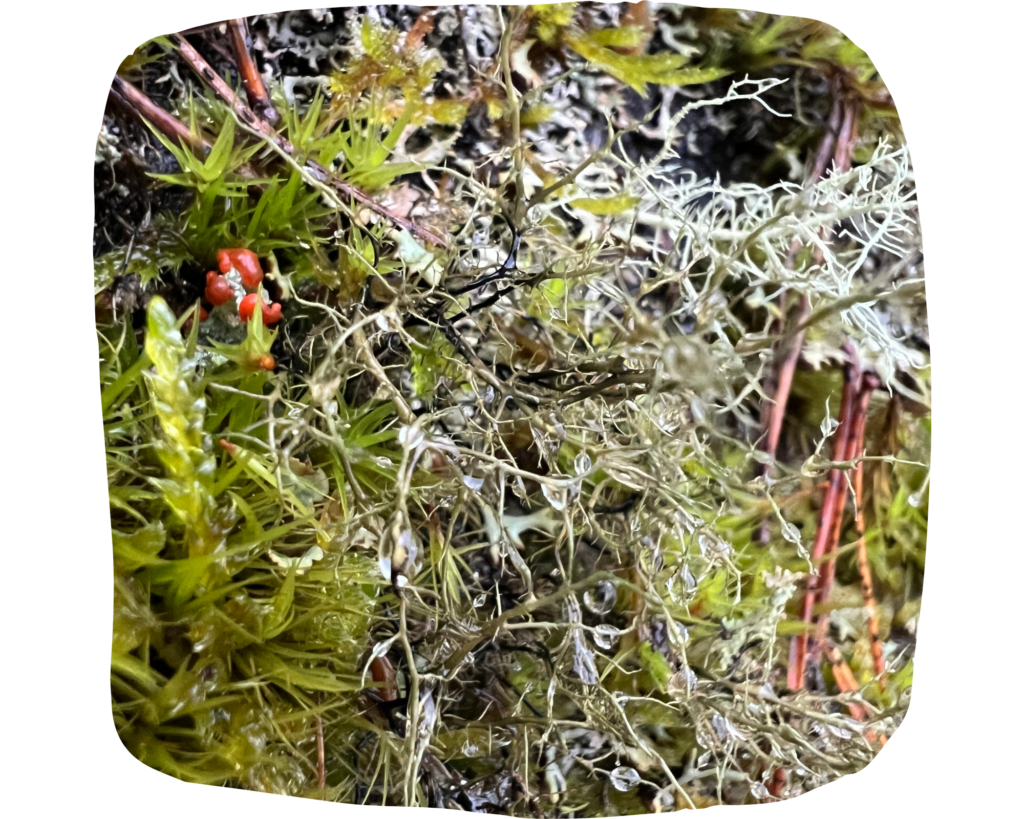Background
Aims
One of the main questions in conservation biology is why species are continuing to decline and disappear in a fast pace. The world is heading into a sixth mass extinction and to slow down this trend, it is crucial to determine the main factors for species extinction and identify the most vulnerable species that are in need of protection.
Anthropogenic activities, such as modern forestry, are major drivers towards the sixth mass extinction causing habitat loss, fragmentation and habitat degradation. Another reason affecting the overall biodiversity is climate change, which tend to alter the distribution and abundance of several species by reducing suitable habitats.
One organism group that is affected by these factors, especially modern forestry, are lichens. They often react strongly towards changes in the environment and many lichen populations have shown difficulties surviving in many parts of the world. Lichens have been shown to have a significant ecological role in the preservation of ecosystems as they provide food and shelter for many organisms, Lichens will also absorb nutrients and contaminants from the atmosphere and can therefore act as an indicator for the state of the environment.
The number of threatened lichen species are continuing to increase and on the Swedish Red List, presented in 2020, there were 308 threatened lichen species. One of these is Bryoria bicolor, which is classified as endangered. Inventories in eastern central Sweden indicated a strong decline of B. bicolor since the 1960s, where as much as 90% of the population had disappeared. The cause of the decline throughout Sweden is still unclear, but changes in humidity, overgrowth and air pollution have been shown to affect the lichen.
- Determine the population trend of B. bicolor as well as factors affecting the occurrence and abundance of the lichen.
- With the identification of these factors, we can gain more knowledge into both management and conservation efforts of the species, contributing to a broader goal of slowing down the trend of species extinction.
- Provide a good basis for environmental monitoring to see what might happen to the species in the future.
